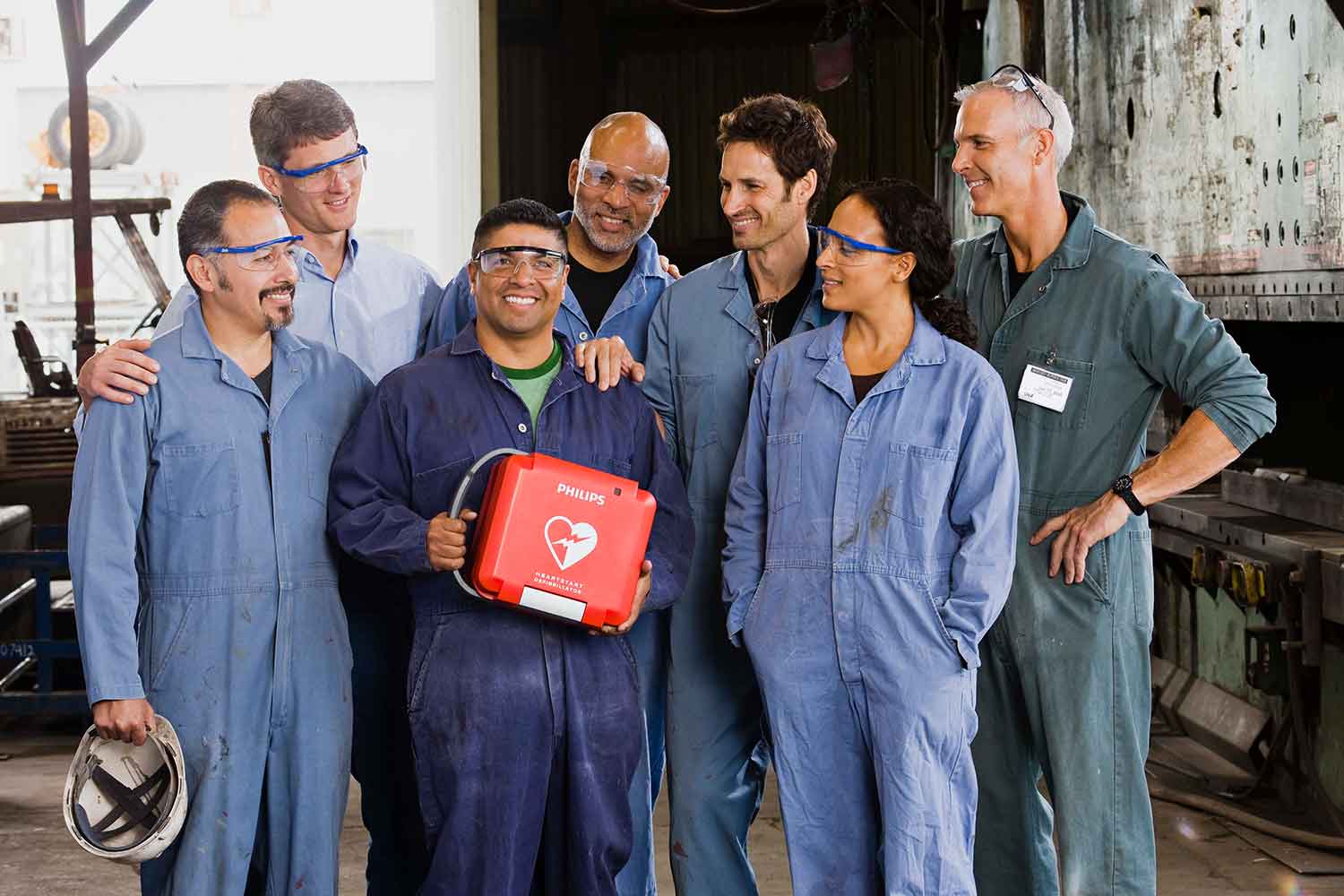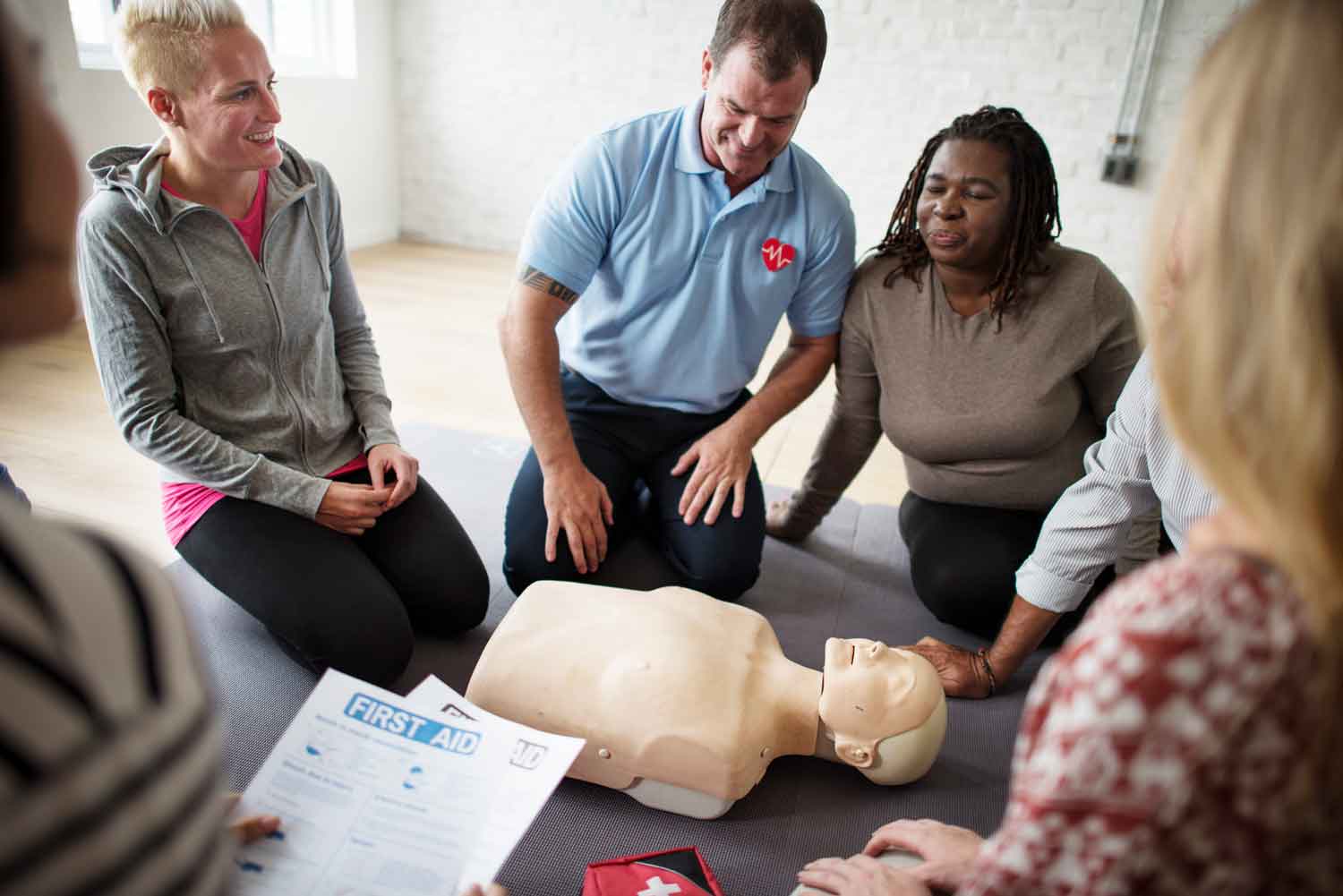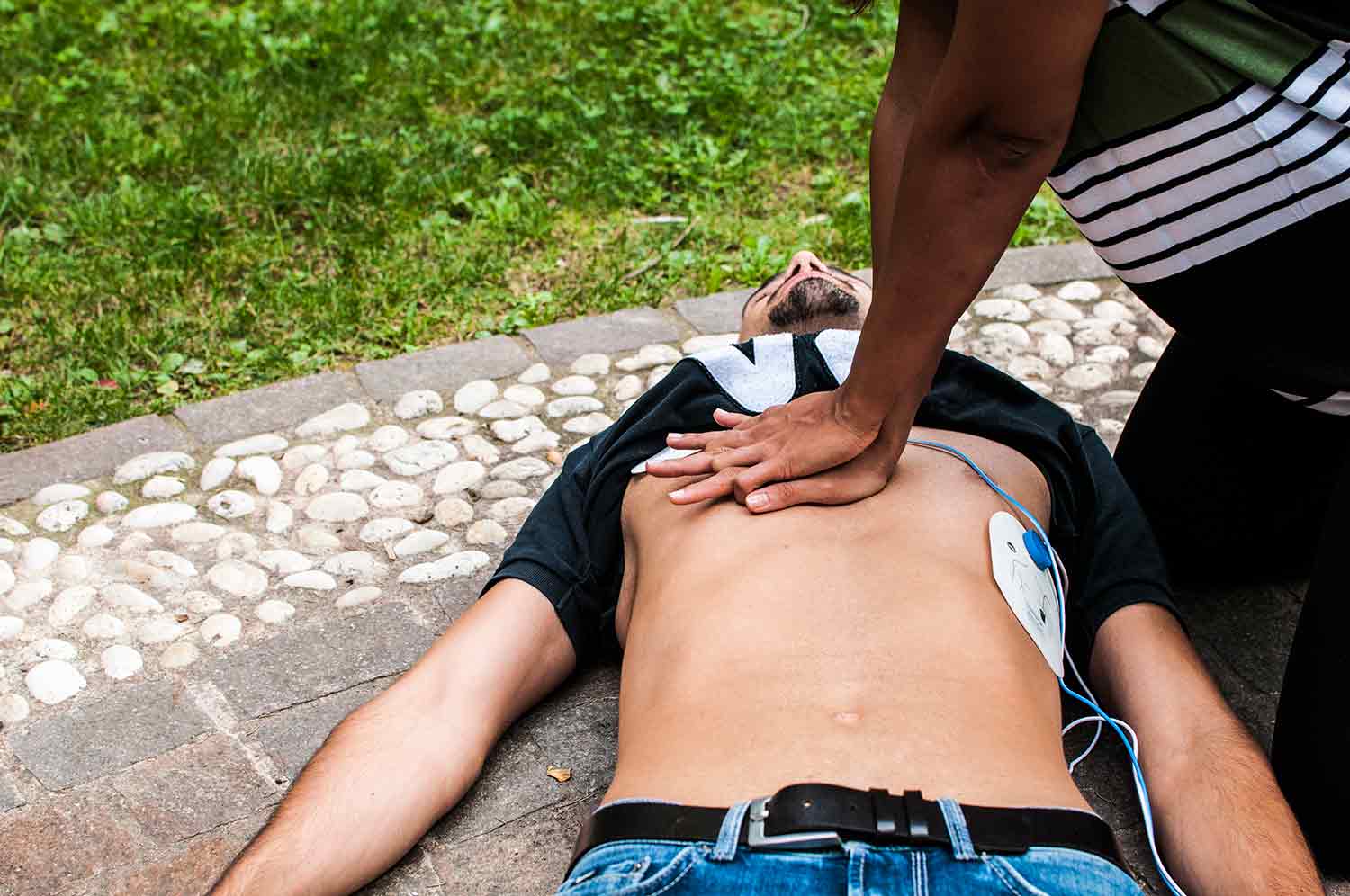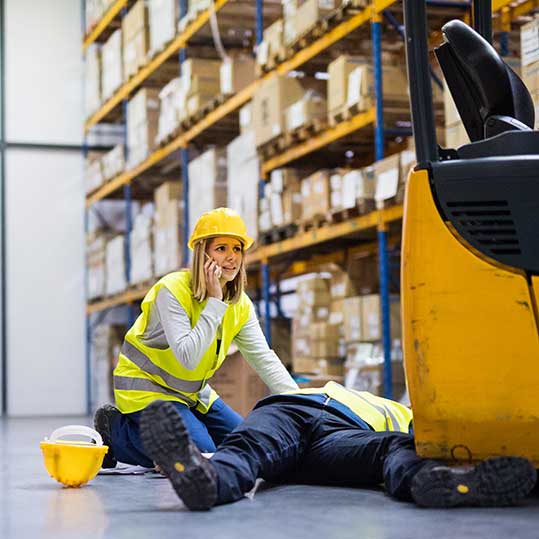
Product Brochures
We have put together a list of related product brochures for you to download. We also included some featured stories about saving lives, being prepared and more.

We have put together a list of related product brochures for you to download. We also included some featured stories about saving lives, being prepared and more.

Though anyone can legally buy this life-saving technology, it is important to consider the likely risk of sudden cardiac arrest, as well as proper training for safe and effective use, placement and routine upkeep of an AED.

CPR training is certainly not required to help a person in cardiac arrest. In fact, attempting CPR even if you are not trained is much preferable to doing nothing. That said, CPR training is a great skill for everyone to learn.

One concern many people have when deciding to purchase an automatic external defibrillator (AED) is regarding their liability. Are you liable if a victim of cardiac arrest doesn’t survive, even if the AED is used properly?

Unfortunately, AEDs will not always be able to save a victim of Sudden Cardiac Arrest (SCA). However, the availability and use of an AED will increase the odds of survival in these medical emergencies.

By law, churches are not required to have an automated external defibrillator (AED). However, there are many good reasons why a church should consider investing in one of these life-saving devices.

An emergency response plan that includes an AED program is a commitment by everyone involved. It requires certain responsibilities along with proper training of designated employees in order to fulfill the long-term goal of creating a safer work environment.

Typically, when a young player collapses on the field, the response is hesitation and confusion. Bystanders present usually believe at first that the wind has just been knocked out of the player, underestimating the severity of the trauma.

With all of the different manufacturers currently selling AEDs, there tends to be a wide price range from a “good, better, best” perspective, which often confuses consumers.

Obviously, your budget, work environment, and the comfort level of responders will offer guidance in this decision. Advanced features using CPR feedback technology may result in a better outcome for a victim of SCA.

The liability risks associated with owning or operating an AED are generally quite small. Legal liability fears should not deter organizations considering the purchase and use of AEDs, because the benefits associated with widespread early defibrillation far outweigh liability risks.

From national online suppliers to local distributors, there are many AED sources to consider. The purchase of an AED is an important decision. Having a safe, reliable, easy-to-use AED that fits the needs of your business or organization can mean the difference between life and death.

There is no question. Having an AED program in your business is as important as having smoke detectors and fire extinguishers. Now you need to decide on which AED to invest.

Have you included an AED program as part of your emergency response plan? Did you know that a worker is more likely to die from cardiac arrest than from a fire in the workplace? Having an AED readily available in your workplace could be a lifesaver for an employee or visitor.

Checking your medical equipment, updating your safety center items, such as your AED, first aid kit and supplies, eye wash station, decontamination room (if you have one) and rescue plans should be a regular part of your organizations operational plan.

Most of the time when an emergency happens at work, it is chaotic and stressful for everyone involved. The wait for emergency responders to arrive can seem like an eternity when one of your coworkers is in dire need of help. So what do you do when you find that someone is need of help?

An AED is a device that is used specifically to deliver electricity to the heart of a person who is suffering from a sudden cardiac arrest (SCA). SCA, if untreated by an AED and effective CPR, is fatal.
